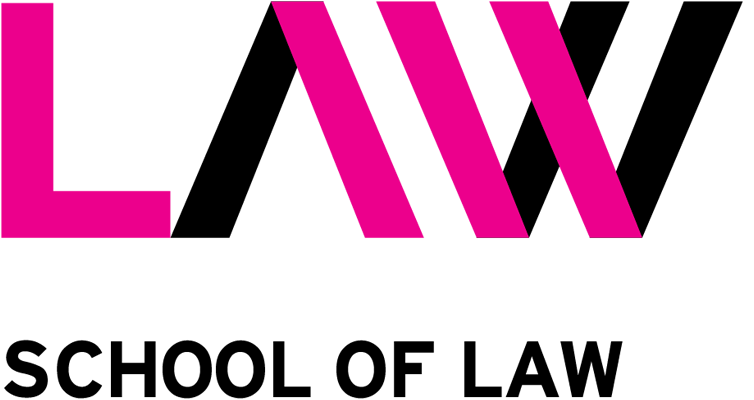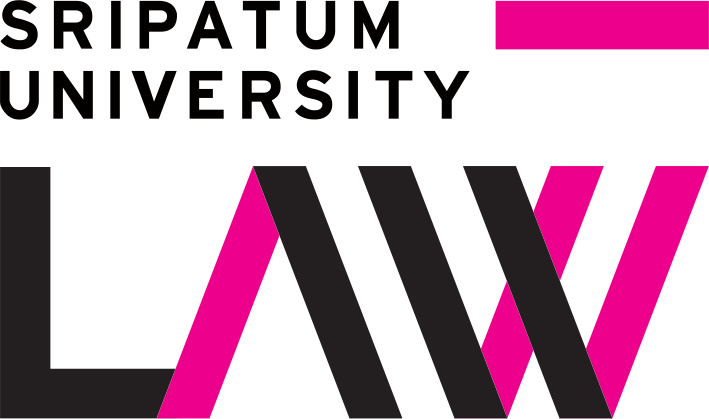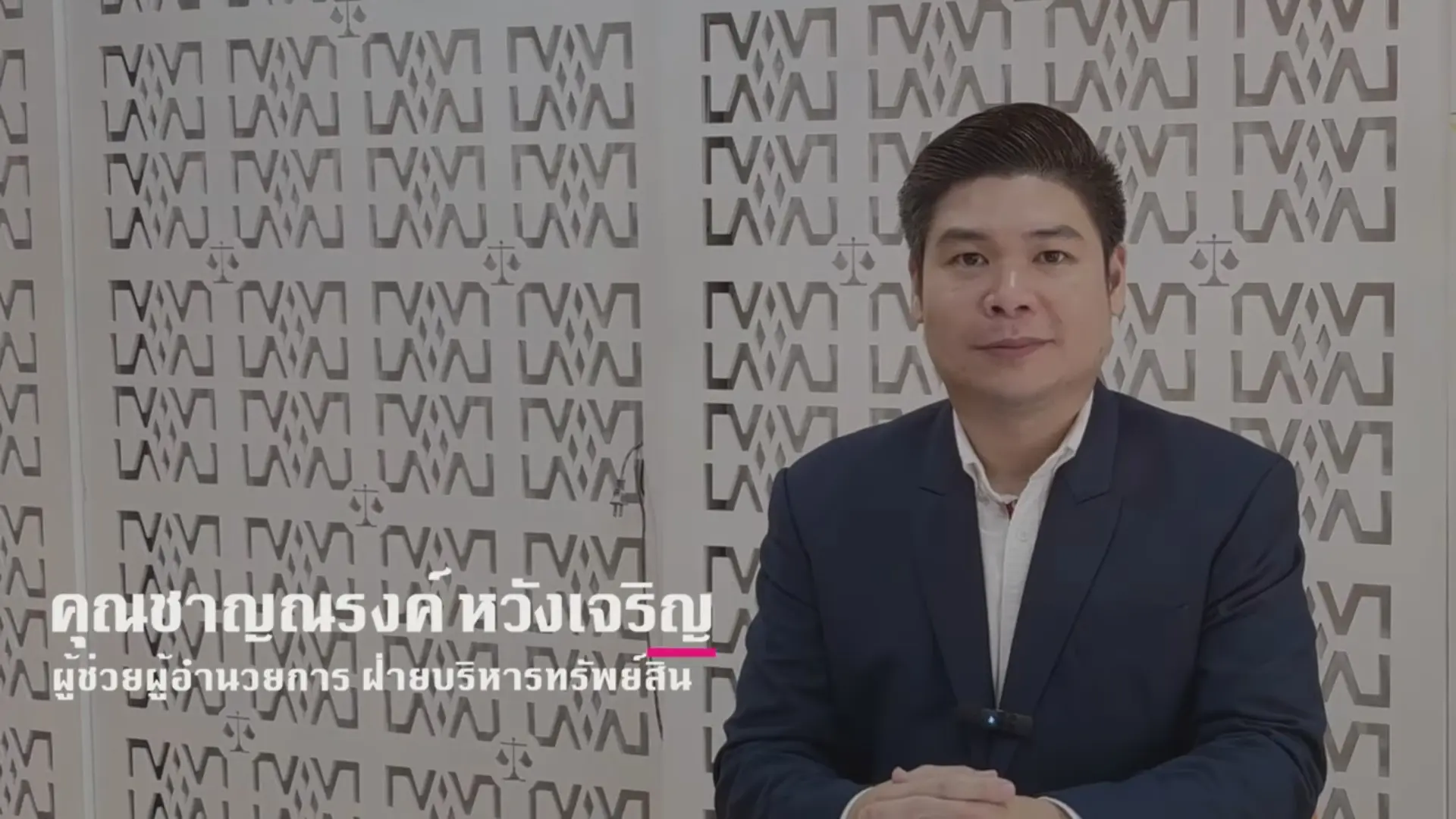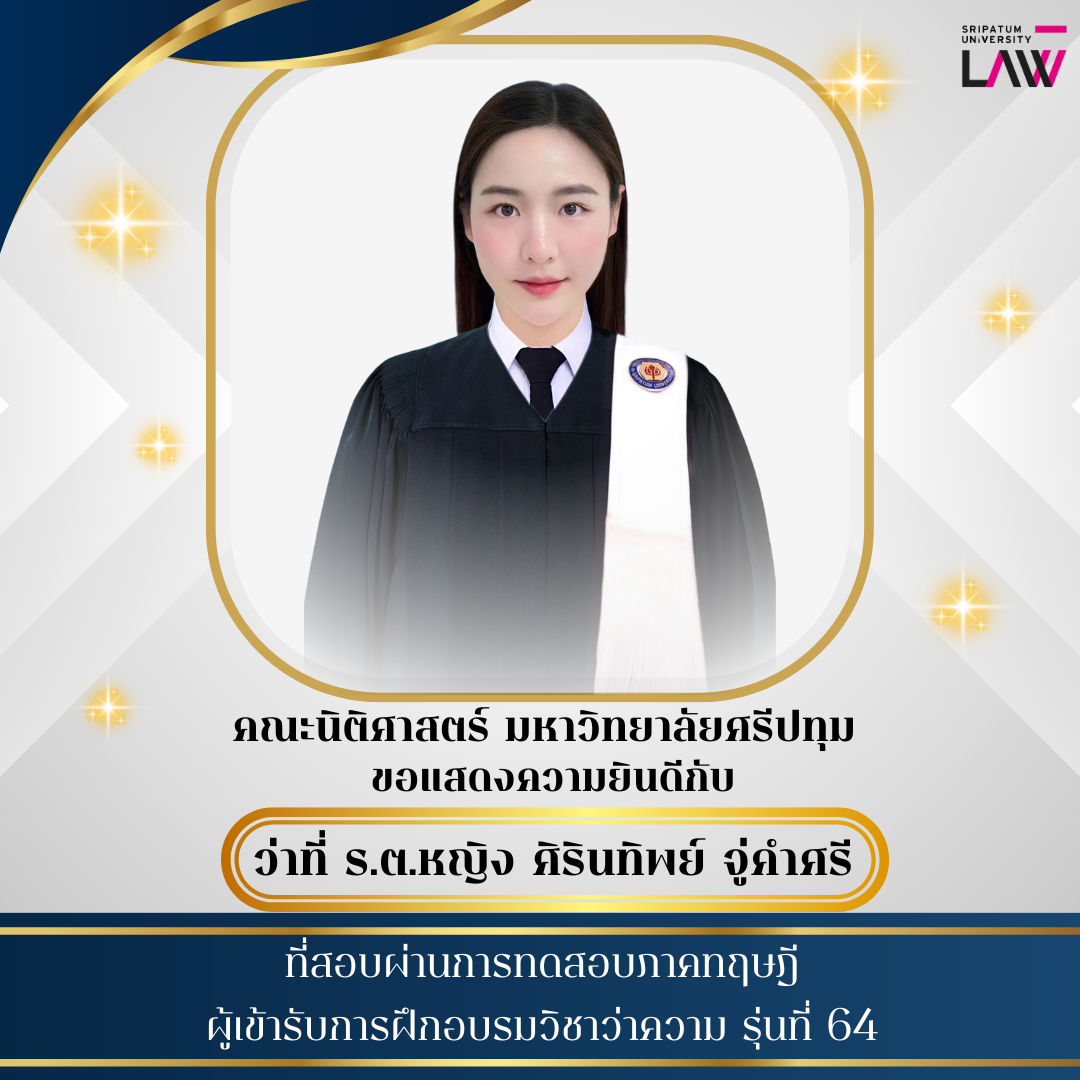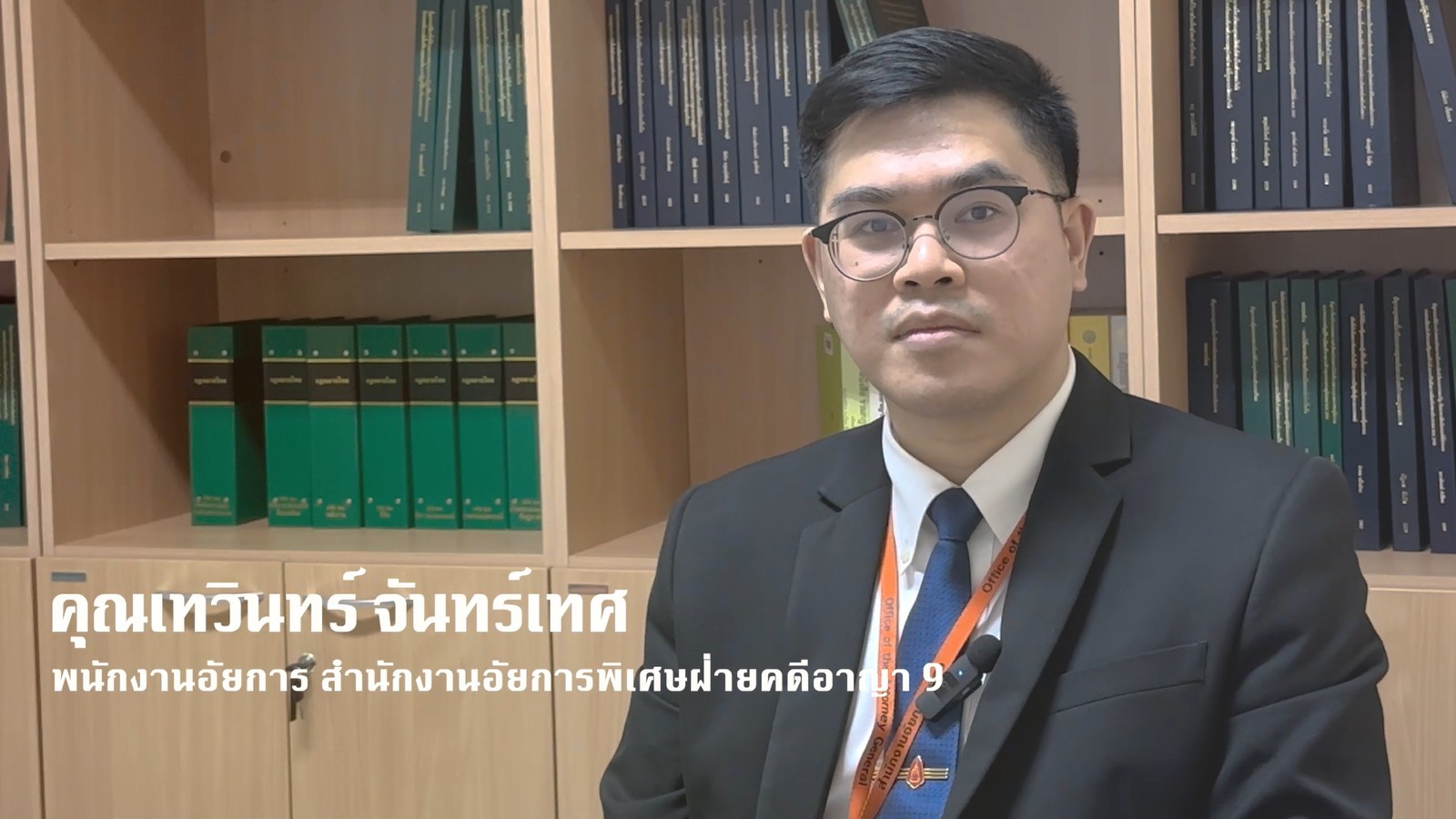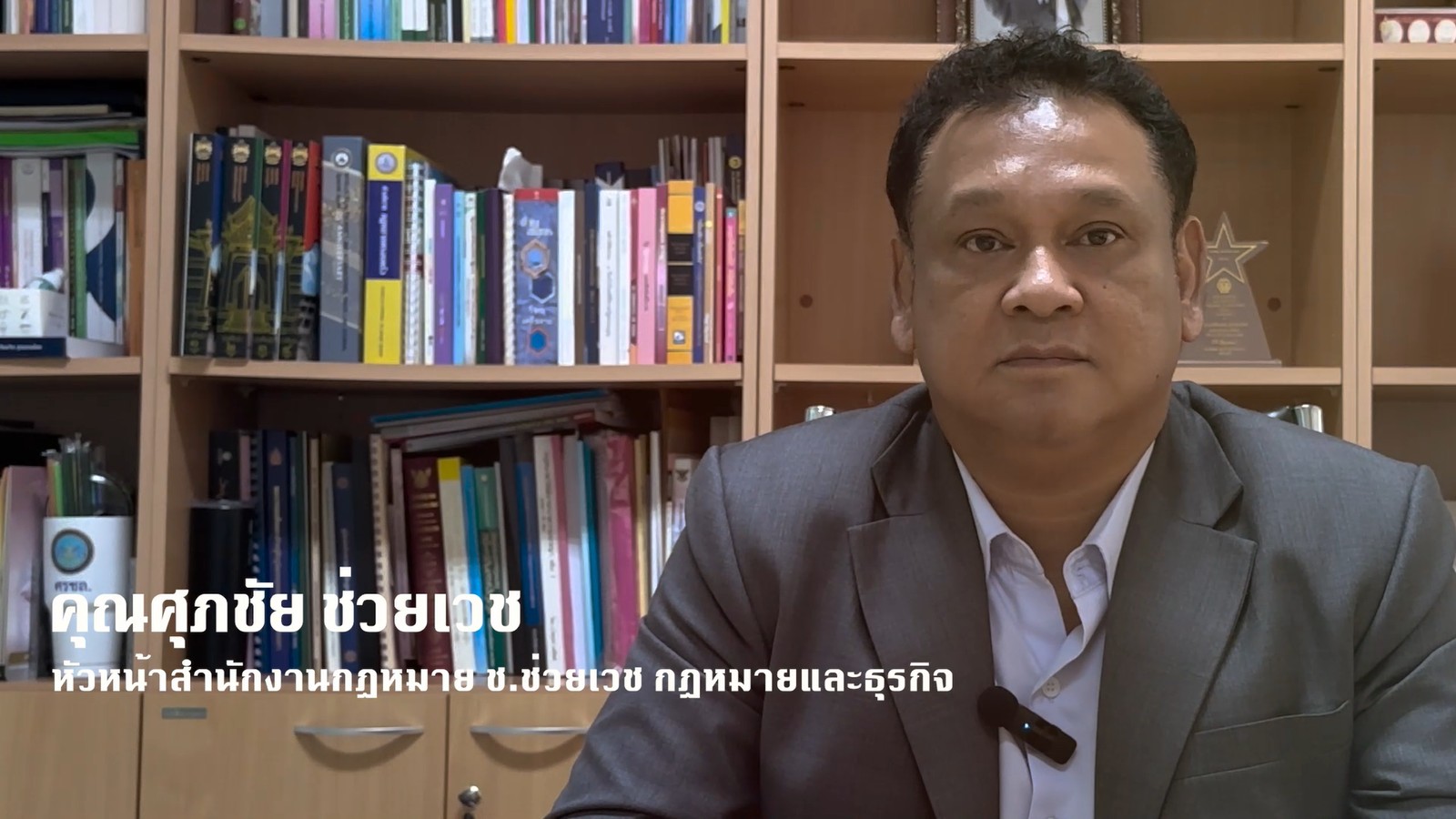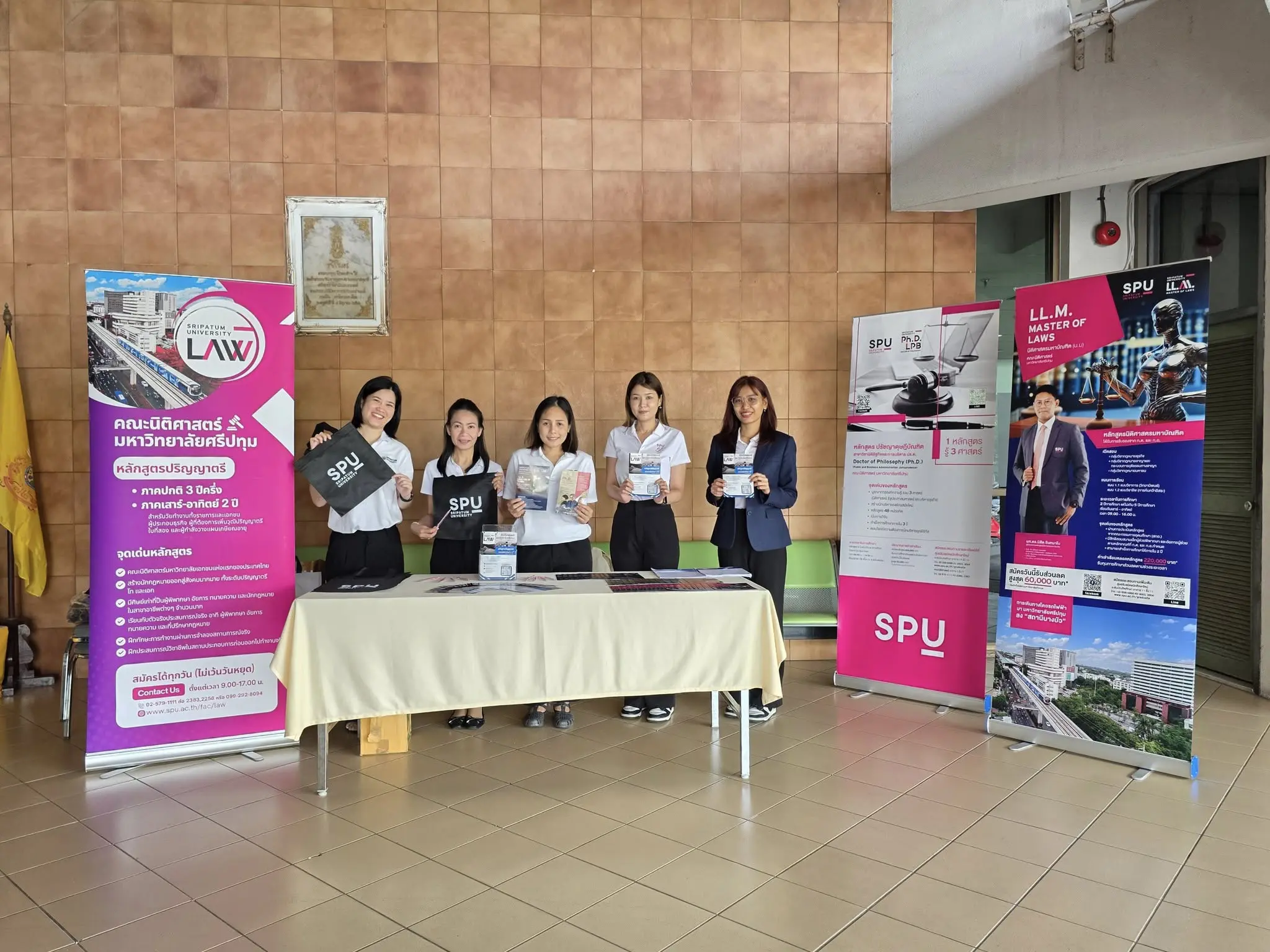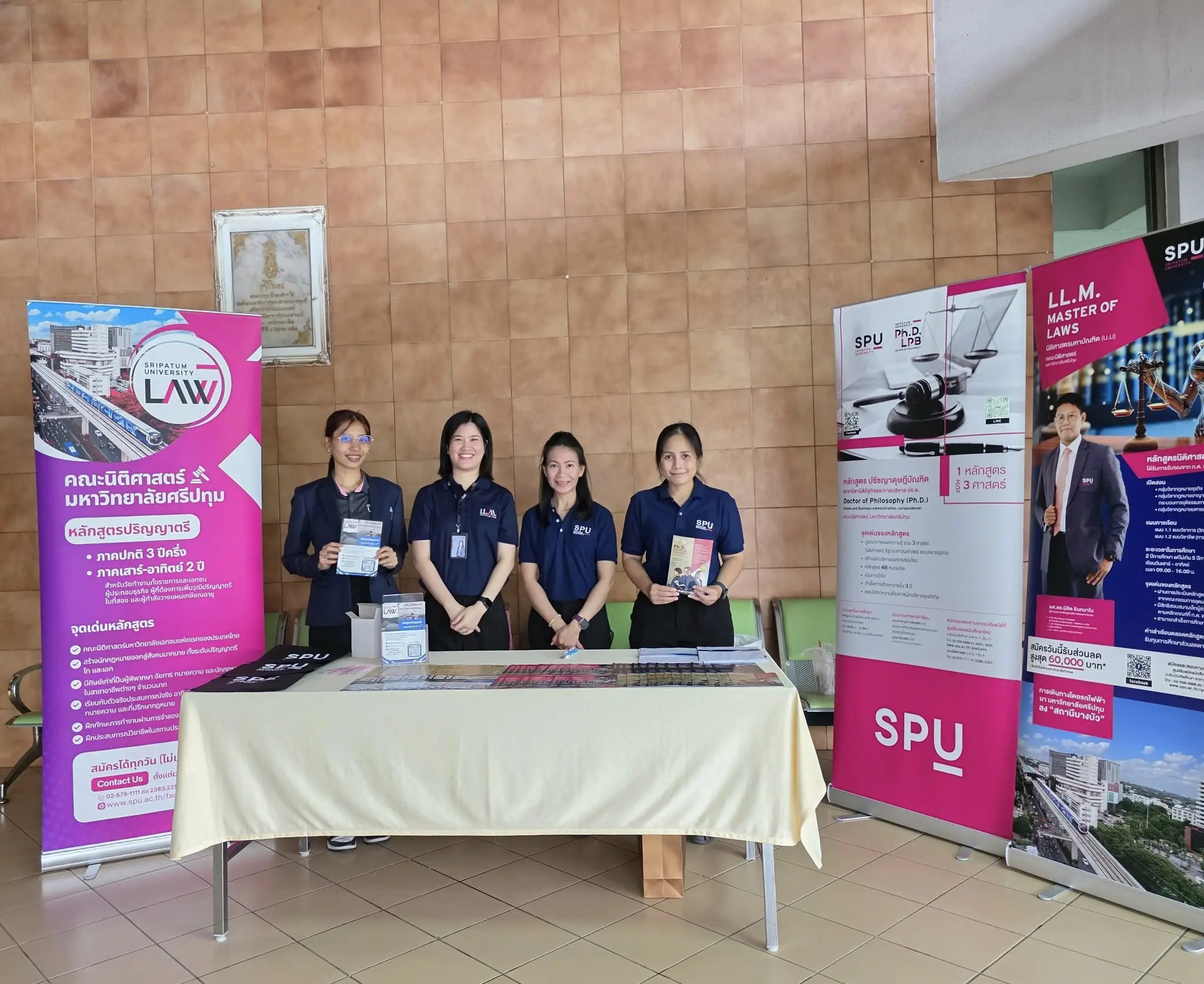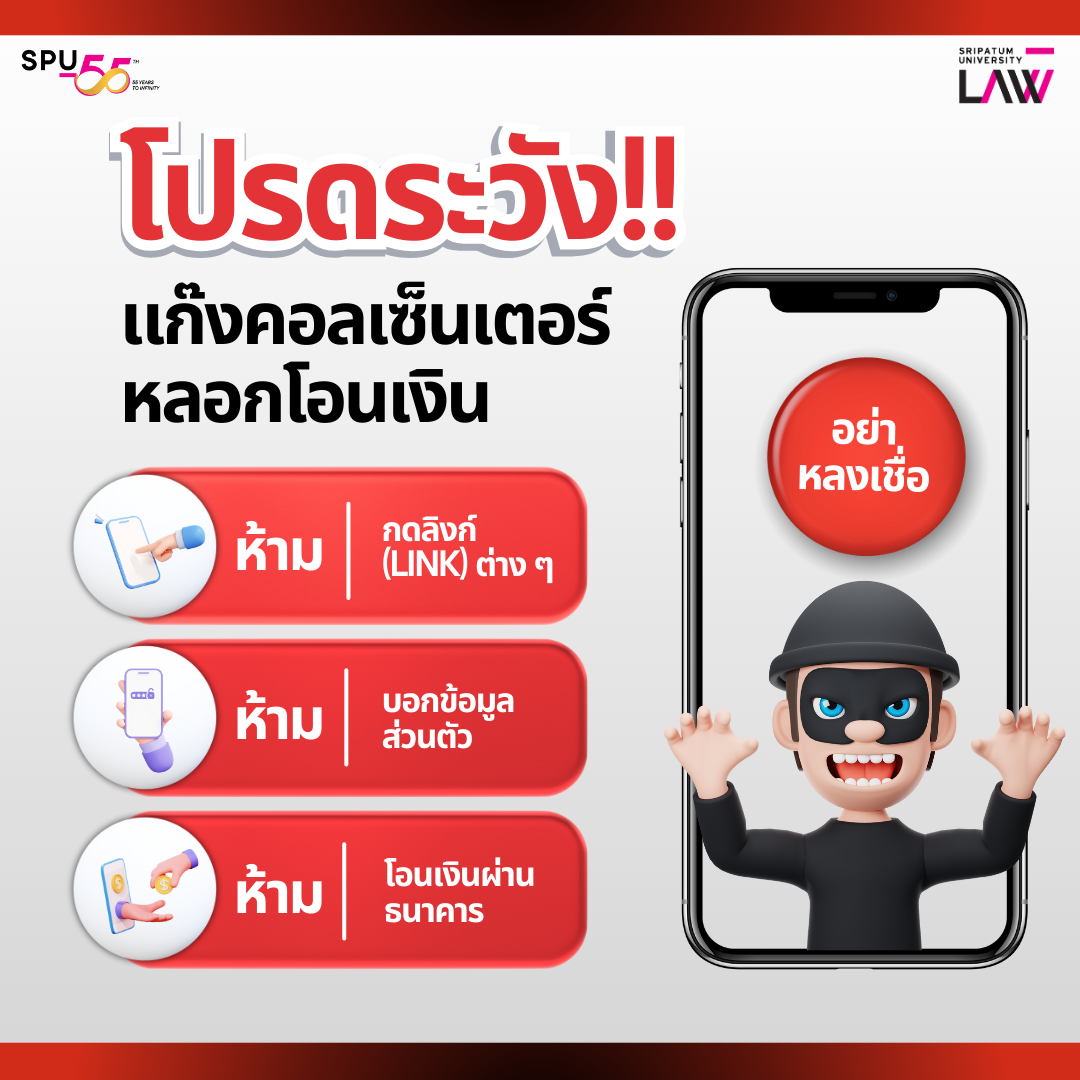Chongnang Wiphutthanupong
Faculty of Law, Sripathum University
Following the debate on Facebook a few weeks ago about obtaining copyright for book translations, including writings about the legality of adapting others’ copyrighted work, as appeared in this article http://prachatai.com/journal/2013/07/47801 , since both types of work are considered derivative works under the definition of copyright law, the author would like to offer some opinions on copyright protection in derivative works as follows:
First, what are derivative works?
The Berne Convention provides for copyright protection for derivative works [1] , separate from compilation works [2] . Derivative works, as defined by the Berne Convention, include translations, adaptations, musical arrangements, and other modifications of literary or artistic works.
Similarly, the US copyright law distinguishes between these two types of works. In Prof. Nimmer’s writing, he distinguishes between the two types of works: compilations are selections and rearrangements of elements of earlier works without any internal changes to the work, while derivative works must include changes in the form of the original work itself. [3]
For this reason, translating the work of others and the cartoons on the Manee Mee Share page are categorized as translations and adaptations of other forms of art, which are considered derivative works that may be protected by copyright law and are within the scope of the discussion of this article.
Second, the principle of providing copyright protection to derivative works
Here we will give an example of the principles of copyright protection for derivative works according to the standards of US copyright law, which are considered to be fairly clear, as follows:
Behind the concept
The primary purpose of providing copyright protection to derivative works is to encourage the creation of new works that may be derivative of existing copyrighted works or derivatives of works that are not protected by copyright and are in the public domain, in line with the original purpose of copyright law to encourage the creation of new works into the marketplace [4].
The principle is that the creator of a derivative work will receive copyright protection for the creativity that he has done or added again, even though in creating the derivative work, some expression of creativity may be borrowed from the original copyrighted work. And in this borrowing, if done arbitrarily and without proper permission from the previous copyright owner, it is considered copyright infringement.
Guidelines for Providing Copyright Protection for Derivative Works under United States Copyright Law
Sections 103(a) and (b) of the United States Copyright Act [5] provide protection for derivative works, and the conditions of protection can be broken down into two main areas:
A derivative work that legally borrows from a previous work
Copyright protection for derivative works is provided by a contractual agreement between the original copyright owner and the creator of the new work. [6]
A derivative work that borrows from previous works in an unlawful manner
- Copyright protection for derivative works does not extend to parts of the copyrighted work that are unlawfully borrowed and used by later creators.
- However, even if a borrowing is not properly authorized by the copyright owner, it may still be considered legally borrowed if it falls within the fair use exception, in which case the borrowed work may also qualify for copyright protection. [7]
- New creative works that can be separated from the original work are protected under the normal terms of copyright (originality, idea/expression dichotomy, fixation), without affecting the copyright protection that exists above the original work.
From the above principles, we can analyze the following case examples:
1) Translating the work of others without the proper permission of the copyright owner.
Translated work by other people without the proper permission of the copyright owner is considered infringement under US law, and all subsequent translations are generally not subject to copyright protection. [8]
However, the law does provide an exception if the translation falls under fair use exceptions [9] , provided all four conditions are met. [10] New translations can also be protected by copyright. [11]
2) Cartoon images on the Manee Mee Share page
Initially, the author would like to assume that the cartoon images on the Manee Mee Share page are the use of images from the original without proper permission from the copyright owner. The protection conditions are the same as the translation of works without permission from the copyright owner as mentioned above.
However, in the author’s opinion, the chance that borrowing someone else’s images for use on the Manee Mee Share page will fall under the exception of the fair use principle is significantly higher than translating someone else’s entire work for distribution. Therefore, the chance that the caricatures on the Manee Mee Share page will receive copyright protection is much higher than translating someone else’s entire work without permission.
Third, the principle of providing copyright protection to derivative works under Thai law.
Under Thai law, the Copyright Act of 1994, Section 11 states that ‘Any work that is an adaptation of a copyrighted work under this Act with permission from the copyright owner, the person who adapted it shall have the copyright in the work that has been adapted under this Act, but this shall not affect the rights of the copyright owner in the work of the original creator that has been adapted.’
The content of the said section clearly states that adaptations that have been legally authorized by the copyright owner will be protected by copyright under this Act.
However, in the case of adaptations that are not properly authorized by the copyright owner, the law does not specify.
In this case, if compared with the copyright law of England, which also does not have an express provision to protect against derivative works that are not properly authorized by the copyright owner, England still has the principle of skill, labour and judgment, which can be applied to such cases to some extent. Namely, England will provide protection mainly to new works that have been created with additional effort and creativity, even if the work borrows from previous works illegally and is infringing. [12]
If we compare it to translating an entire book without proper permission from the copyright owner, under US law, the finished translation is not protected by copyright because it is infringement and probably does not fall under the principles of fair use.
Whereas in the UK, the copyright protection is given to the entire translated work because it is considered to have involved the skill, labour and judgment of the author at a later date, although the author of the translation can be sued for copyright infringement at the same time.
As for Thailand, the author is still not sure how the standards have been set for providing copyright protection to unauthorized derivative works, but the following are some brief comments:
1) Translating the work of others without the proper permission of the copyright owner.
Either the British or US standard can be used, meaning that in either case, a translation of an entire work or a volume for distribution without the permission of the copyright owner is infringement, although the law may or may not protect derivative works resulting from such infringement.
2) Cartoon images on the Manee Mee Share page
The author’s views are consistent with those of the previous article. [13] That said, the cartoon images on the Manee Mee Share page are likely to fall under fair use. Therefore, they are likely to fall under the exceptions to copyright infringement under Thai law. [14]
However, the author still has a different opinion from the article in one respect, that since the cartoon images on the said page may fall under the exception of copyright infringement and the artist has put in effort and creativity, for this reason, the cartoon images on the Manee Mee Share page should be interpreted to fall under copyright protection under Thai law as well.
Conclusion
Since the primary purpose of copyright law is to encourage the creation of new works into the market, the interpretation to enforce the law should be in line with this underlying idea, especially with regard to derivative works, whether they are borrowed from other works with or without proper permission from the copyright owner. The author would like to end with an interesting quote from Prof. Goldstein:
‘[E]very infringer of a derivative right is, by definition, itself the potential copyright owner of a derivative work.’[15]
‘By definition, any infringer of the right to create a derivative work has the potential to own the copyright in the new derivative work itself.’
refer:
- Article 2 (3)
- Article 2 (5)
- Melville B. Nimmer and David Nimmer, Nimmer on copyright : a treatise on the law of literary, musical and artistic property, and the protection of ideas ([Revised edn, M. Bender 1978) § 3.01, 3.02
- Paul Goldstein, ‘Derivative Rights and Derivative Works in Copyright’ 30 Journal of the Copyright Society
- 17 USC § 103(a)(b)
- Nimmer and Nimmer § 3.06
- Cited
- Cited
- 17 USC § 107
- Please see footnote 7.
- Nimmer and Nimmer § 3.06
- HIL Laddie, Peter Prescott and Mary Vitoria, The modern law of copyright and designs (4th edn, LexisNexis 2011) p87
- Copyright protection in derivative works and issues of fair use in online media http://prachatai.com/journal/2013/07/47801
- Please see the Copyright Act of 1994, Section 33.
- Goldstein
note:
Original article title: Copyright protection issues in derivative works: translations without permission from the copyright owner and cartoon images on the Manee Mee Share page

